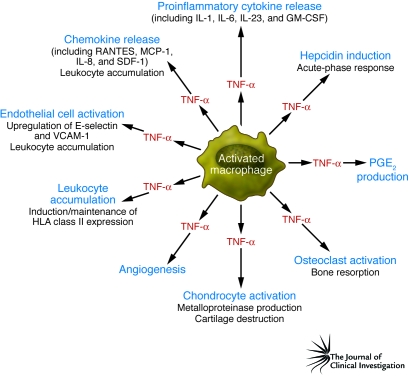Figure 2. TNF-α actions relevant to the pathogenesis of RA.
This figure illustrates the biological actions of TNF-α, which is produced mainly by activated macrophages in the inflamed synovial membrane tissue in patients with RA. The actions of TNF-α perceived to be important in the pathogenesis of RA include its ability to induce the production of other (equally) proinflammatory cytokines, including IL-1 and IL-6, together with its ability to induce the production and release of chemokines that attract leukocytes from the blood into the inflamed tissue. This process is facilitated by upregulation of key integrins and adhesion molecules, including E-selectin and VCAM-1, on endothelium. Finally, the destruction of the underlying articular cartilage and subchondral bone is initiated by the induction of proteolytic and metalloproteinase enzymes, which bring about the destruction of the underlying cartilage, and the initiation of osteoclast resorptive activity, which brings about the destruction of the subchondral bone. SDF-1, stromal cell–derived factor–1.

